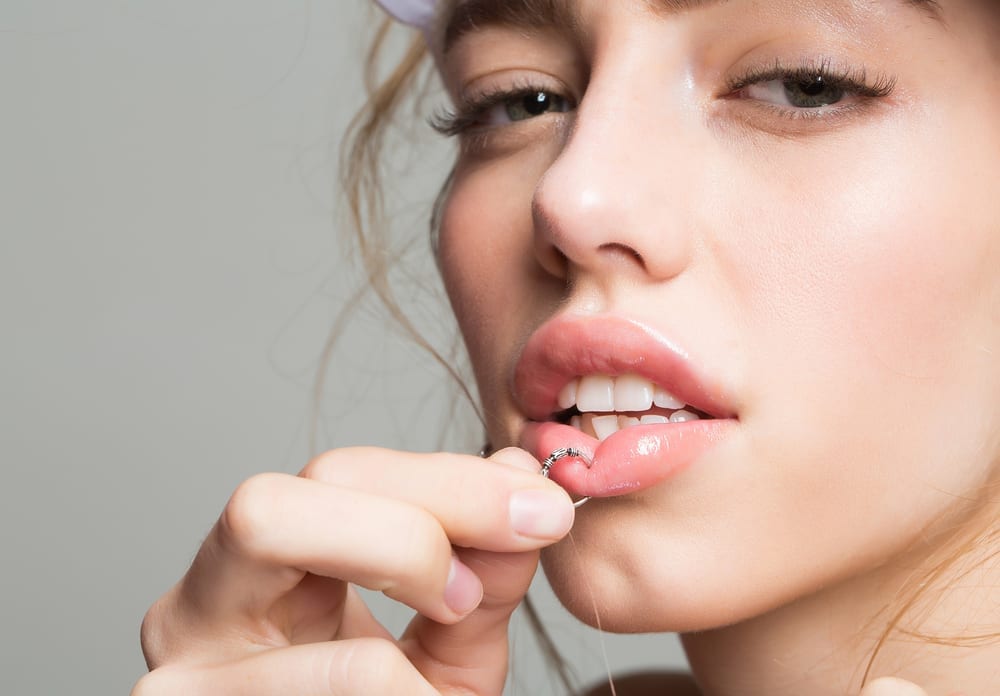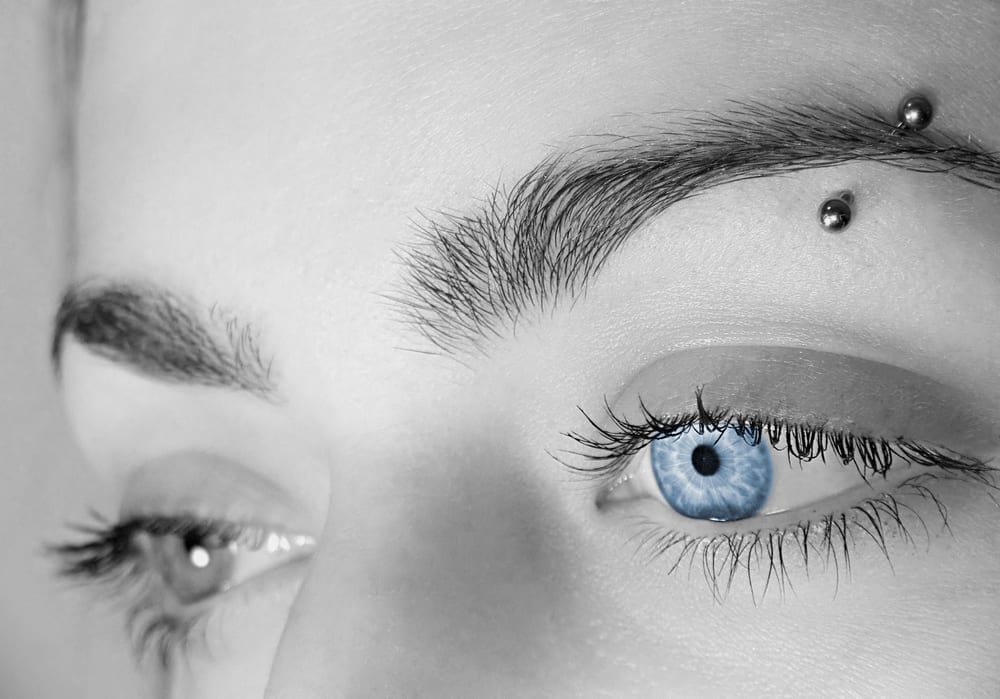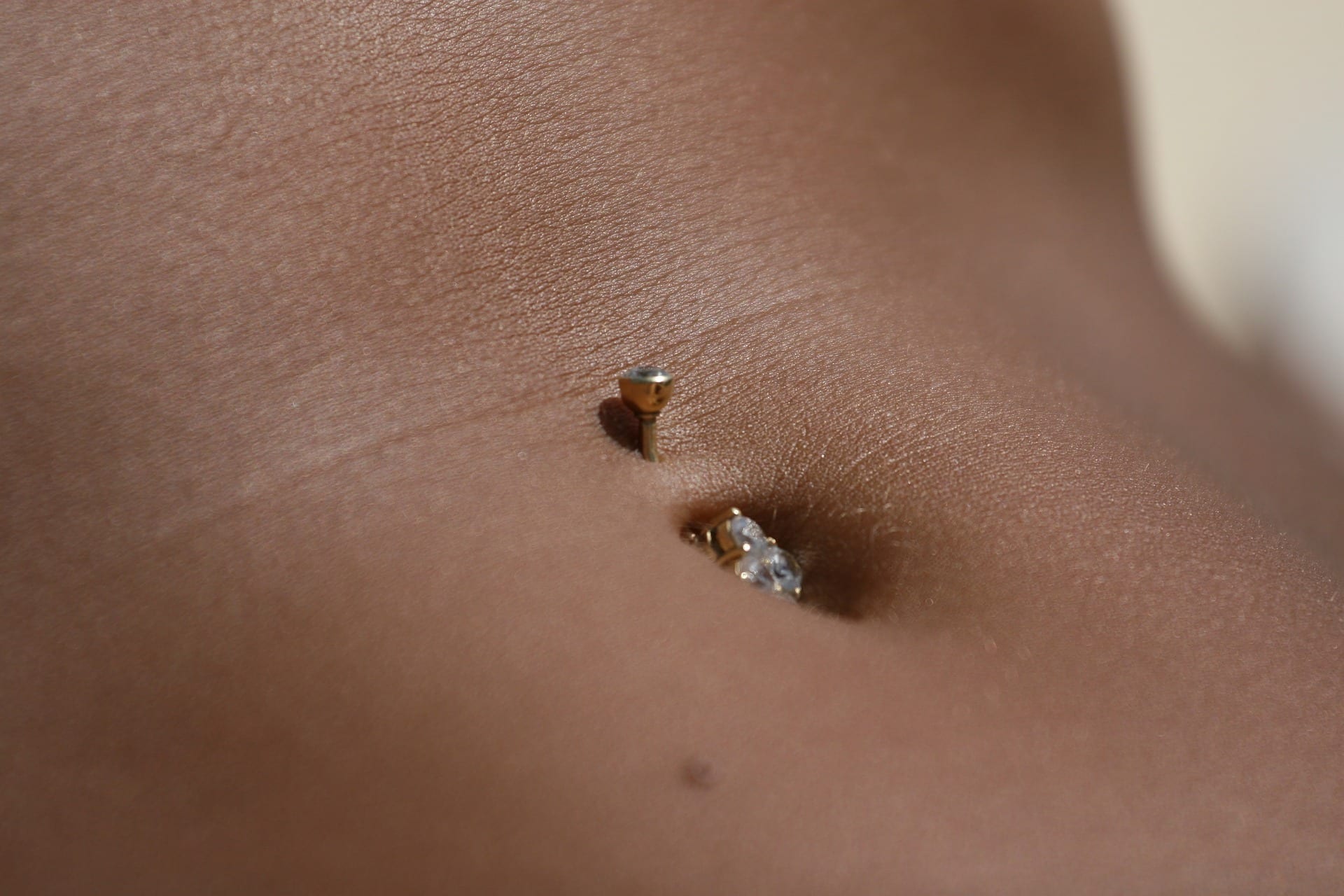Getting a piercing is exciting. Whether it’s your ears, belly-button, nose, or something a little more exotic, like your clavicle or finger, piercings are a great way to express your unique self. Piercings can add an instant flair and edge to your aesthetic and style. However, you need to assume and exercise a certain level of attention, responsibility, and care.

After all, there’s no point in getting a tattoo if you’re only going to have to remove it soon after because you didn’t take enough sanitary precautions! To avoid that, speed up the healing time, and prevent irritation or infection, follow these simple steps.
1. Choose a Licensed Piercer
First things first: Make sure whoever is doing the piercing is a professional and licensed to do so. It’s not a very complicated procedure, however, that doesn’t mean it shouldn’t be carried by out by just anyone – especially when licenses practitioners are incredibly accessible.

Once you have chosen a piercer, request they use a needle versus a gun, as the latter can cause unnecessary damage to tissue that can lead to a host of issues you can otherwise avoid by using a needle. Plus, it allows for a more accurate and precise incision.
2. The Cleaning Concoction
Before cleaning the pierced area, make sure your hands are clean. Look at your piercing as an open wound; you wouldn’t tend to an open cut with dirty hands, so make sure yours are washed and thoroughly dried with a clean towel before caring for the piercing.

Contrary to popular belief, the best way to clean a piercing isn’t with rubbing alcohol. Alcohol is a drying agent, which can cause cracking and even bleeding in fresh piercings. Instead, use soap and water or a saline solution two times per day. Use a clean gauze pad or towel to do this.

3. Try Not To Twist
Yes, the crust that forms around the pierced hole can be both gross and irritating, but it’s actually a good thing! And while it is okay to turn the piercing, it should only be done when the area is wet and lubricated, never when it is dry. We know it can be tempting, but avoid twisting it, especially when it is still in the healing stage!

Knowing ahead of time how long to expect before your piercing is fully healed can help you prepare to care for it properly, and prevent you from taking it out prematurely. The time expected until the area is fully healed will depend on the type and area of the piercing. For example, if the piercing is in your earlobe, it should take about three months, versus cartilage that can take as much as 10 months. Signs that it has not fully healed just yet include redness, itching, aching, or fluid secretion.
Keep in mind that most piercing-related injuries are caused by the ring being snagged, pulled, or caught on something else (usually a piece of clothing), so aim to keep the area free and clear whenever possible.

It can seem like a lot of work at first, but if you are adamant about properly caring for your piercing for the first few months after you get it, you’ll get to enjoy it for a lifetime!









